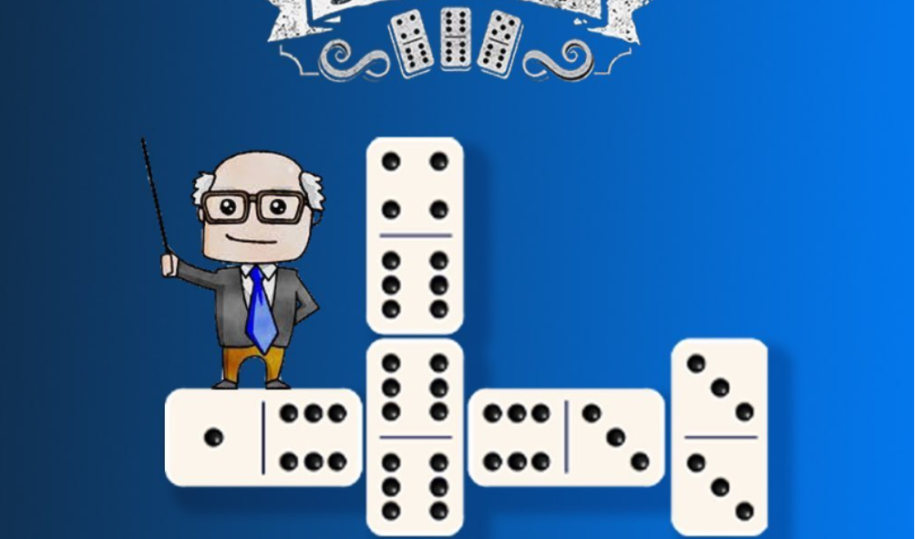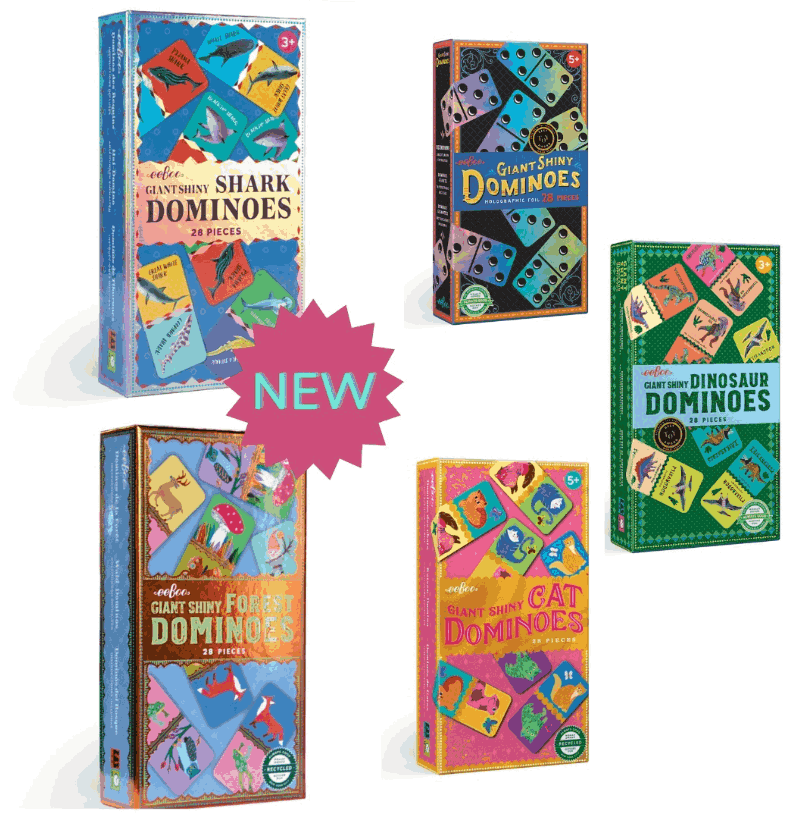
A game of strategy and chance, Dominoes has a surprisingly long history. It’s a fun game. It is the ideal option for get-togethers of all ages because of its straightforward rules and tactile action. However, underneath the surface’s apparent simplicity is a universe of variants and strategies just waiting to be discovered. This in-depth article explores the realm of dominoes and gives you the knowledge you need to click the tiles with confidence and win.
A Legacy Carved Into Bone

The history of dominoes remains shrouded in much mystery. The game may have started in ancient China or India, according to certain beliefs, and there is proof that it was invented in the twelfth century. These prehistoric dominoes, which were constructed of wood, bone, or ivory, most likely had the same general appearance as their modern counterparts, although they might have had different scoring systems or markings.
Dominoes’ shape and purpose changed as they traveled the Silk Road. Sometime in the 18th century, they made their way to Europe, where their rapid rounds and nuanced strategic depth captivated players. Dominoes is still a popular game played all over the world today, with many regional variations that give the basic concept a new twist.
The Fundamental Elements of Domino Fun
Typically, a set of dominoes has 28 rectangular tiles. Every tile is split in half, and on each half, there are pips, or dots, numbered from zero (blank) to six. From double blanks to double-sixes, the entire set presents a fascinating asymmetry with doubles (both sides displaying the same number).
Getting Ready for a Match
Dominoes don’t need much setup, but there are a few things you should have to play them well and have fun:
- Domino Set: The most popular sets are double-six or double-nine. Select a set based on how many players there are.
- Flat Surface: The ideal table should have ample room for both the players’ hands and the domino configuration.
- Pen and Paper: This is the preferred method of keeping score in games where points are accrued over several rounds.
Setting the Scene: Typical Variations of Domino Games
A very wide range of game variants can be played using the fundamental principles of dominoes. To get you started, we examine a few of the more well-liked variants here:
- Being the First Player to Empty: Your hand is the main objective of the most popular domino game, Blocking Game (Two to Four Players). Using a predetermined number of dominoes—typically seven—players alternately attempt to link a matching tile (with the same amount of pip values) to one of the layout’s open ends. A domino must be drawn from the leftover pile—often referred to as the “boneyard”—if a player is unable to play. When a player uses all of their tiles, the round is over, and the unplayed dominoes of the other players are scored according to the total pip value.
- With a Scoring Twist: Scoring Dominoes (two to four players) is akin to blocking. In this case, points are earned based on the domino chain’s exposed ends during the game. In some forms, points are awarded for open ends that display multiples of three or five. After a certain number of rounds, the player with the lowest score wins.
- Every Three or Five (two to four players): a fast-paced variant in which players aim to remove dominoes from the open ends of the layout such that the total on the open ends equals three or five, depending on the variation they have selected. After the round, players earn points for any dominoes that remain unplayed in their opponents’ hands. The winner is the first player to obtain a specific score.
These are only a few instances; there are a plethora of other versions available in the domino world, such as Shanghai, Muggins, and Mexican Train Dominoes. The gameplay is kept interesting and fresh by introducing unique nuances and score systems in each variation.
How to Become an Expert at the Tile: Tricks & Techniques
Dominoes is a game where luck plays a part, but smart thinking can greatly improve your chances of winning. These pointers will help you improve your domino skills:
- When Organizing your Plays: Keep in mind the dominoes that are still in your possession and make an effort to foresee any connections on the pattern. By having alternatives for both high and low numbers, try to maintain flexibility.
- Double Trouble: Doubles are useful instruments. Depending on the circumstance, they can either start a new chain or thwart an opponent’s move. Make smart use of them to your advantage.
- Counting the Boneyard: Record the number of dominoes that are taken out of the boneyard. This can affect your play and help you determine which dominoes could still be available.
- Bluffing (Optional): Bluffing is an effective strategy in some situations. If you don’t have a playable domino, you might want to place a tile that seems to connect but doesn’t actually. This could make your opponent pull from the boneyard, which could throw off their plan.
A World of Domino Delights

Dominoes is a game with significantly more depth than its Western manifestations. Many nations have their distinctive domino games, each with intriguing cultural subtleties and interesting gameplay elements. Here’s a taste of some fascinating global domino encounters:
China: Home to a multitude of domino variations, China is thought to be the birthplace of the game. A common game called “Pai Gow” (or pai gow) involves dominoes and special gambling dice. The goal of the game is to construct winning hand combinations using dice rolls and domino values.
Mexico: The fast-paced, sociable variant of the domino game “Dominó” is akin to Fives/Threes. By adding the specified amount—typically five—to the open ends of the domino chain, players can score points. Players frequently engage in animated discussion and lighthearted humor while trying to block their opponents or score points.
In India: A common gambling game called “Teen Patti” (meaning “three cards”) can be played with a domino set in place of playing cards. The domino pips are used by players to create poker-style hand combinations; the highest combination wins the pot.
Vietnam: The Vietnamese domino game “Gap Nha” (which translates to “catching shrimps”) has a distinct scoring system. Through the placement of particular domino combinations on the table, players hope to score points. The combination of strategy and chance in the game keeps players interested and wondering.
Cuban: The Domino game “Dominó a la Loro” (literally “dominoes with the parrot”) has a bit of a dramatic flair. Each time, players alternately draw and play dominoes. The loser of each round must act foolishly or forfeit a modest prize. This playful touch gives the game an extra element of enjoyment and interpersonal connection.
Conclusion
These are but a few illustrations of the rich mosaic of global domino variations. You can discover the cultural significance and distinctive customs connected to dominoes worldwide by investigating these games. A fantastic tour through culture and history can be had with dominoes. From its historical inception to its contemporary incarnations, the game has spanned national boundaries and linguistic barriers, bringing people together via a mutual appreciation of strategy and friendly rivalry. In the realm of dominoes, there’s always something new to learn, regardless of your level of experience.
